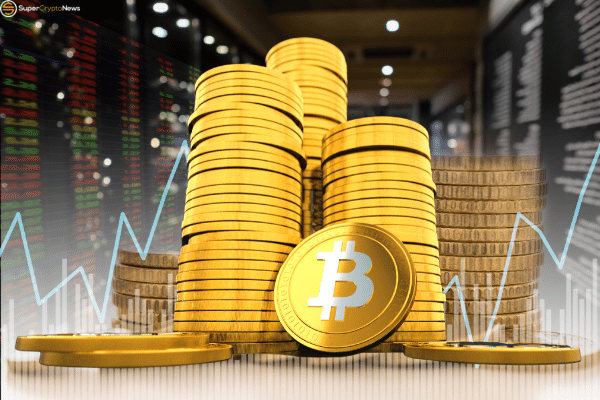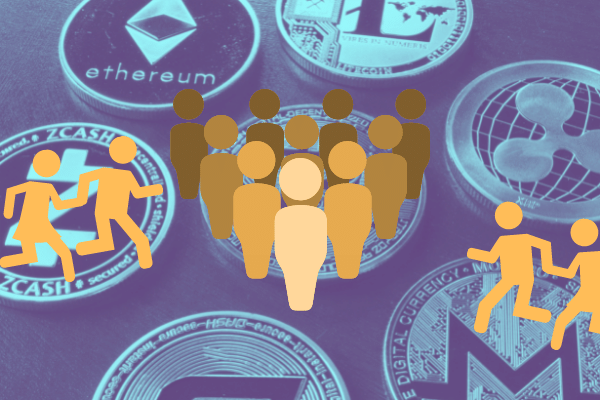
- Americans are buying less stuff and exporting more energy, narrowing the trade deficit and reducing imported inflation.
- Softer inflation numbers, provided that they are durable over the next few months, may give the U.S. Federal Reserve the needed cover to soften its hawkishness towards the end of the year
The U.S. trade deficit narrowed for the second consecutive month in May as imports were curtailed from lower expenditure on goods from American households dovetailed with a spike in energy exports.
The U.S. Commerce Department reported on Thursday that the month of May saw the trade gap in goods and services dip 1.3% from the previous month to US$85.5 billion, a decrease from April’s US$86.7 billion.
In its first decline this year, imports of consumer goods nosedived US$1.5 billion as Americans scaled back demand for goods in favor of services with elevated consumer prices putting a damper on demand.
Retailers continue to carry excess inventory as supply-chain disruptions resulted in misjudged overstocking, reducing demand for fresh imports.
Economists suggest a shrinking trade gap will help improve second quarter economic growth slightly, but the overall impact on the U.S. economy is likely to be minimal as conditions perceptibly slow.
Speaking with Bloomberg, Chief U.S. Economist at Oxford Economics Kathy Bostjancic suggests that “the slower pace of trade flows in categories other than energy” indicate “weaker economic momentum globally.”
And that could turn out to be a silver lining for investors.
With growing signs that the U.S. economy is already in a slowdown, if not recession, and the U.S. Labor Department’s inflation print for June likely to come it lower than in May, the U.S. Federal Reserve may have the necessary cover to dial back its aggressive pace of hikes.
Fewer imports and the imported inflation that comes with it, could help to moderate the pace of price increases, but the Fed will want to see at least several months of inflation starting to trend back to targets before it takes its foot off the gas when it comes to tightening.
If so, the latter half of the year, after the September Fed meeting, may see an early Christmas for risk assets, as policymakers may elect to either slow the pace of rate hikes, or lower each episode, for instance a 25-basis-point increase as opposed to larger 50 or 75-basis point hikes.



